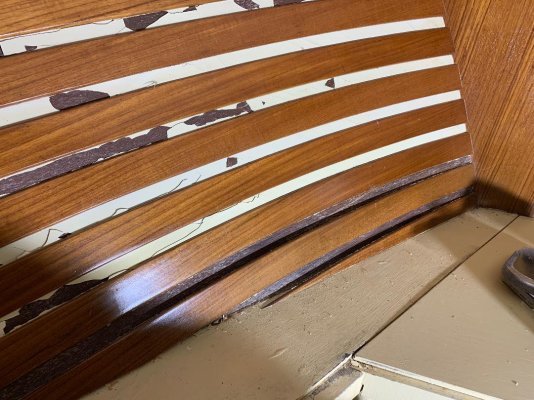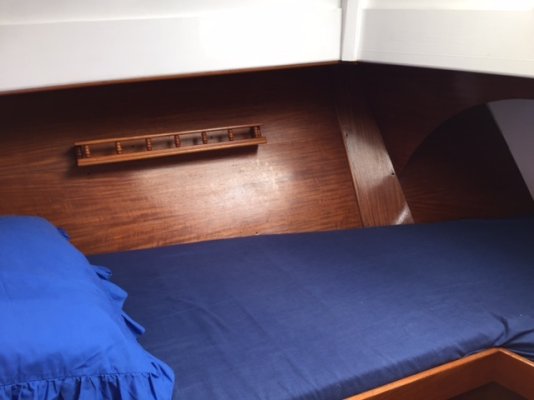Greetings,
Mr. M. Ceiling IS the correct nautical term.
From Wiki:
ceilingPlanking attached to the inside of the
frames or
floors of a wooden hull, usually to separate the cargo from the hull planking itself. The ceiling has different names in different places:
limber boards,
spirketting,
quickwork. The lower part of the ceiling is, confusingly to a landsman, what you are standing on at the bottom of the hold of a wooden ship.
From Nautical Dictionary (Young, Arthur)
CEILING- (Fr. Vaigre). The inside planking of a vessel. It has also received the name of footwaling, but this term seems more applicable to the thicker planks, viz. those inside the bilge, which are termed bilge-planks, and the limber-strake or futtock-plank. (Plate II. fig. 6.)
Nautical Dictionary:
https://archive.org/details/ldpd_7518586_000/mode/2up





